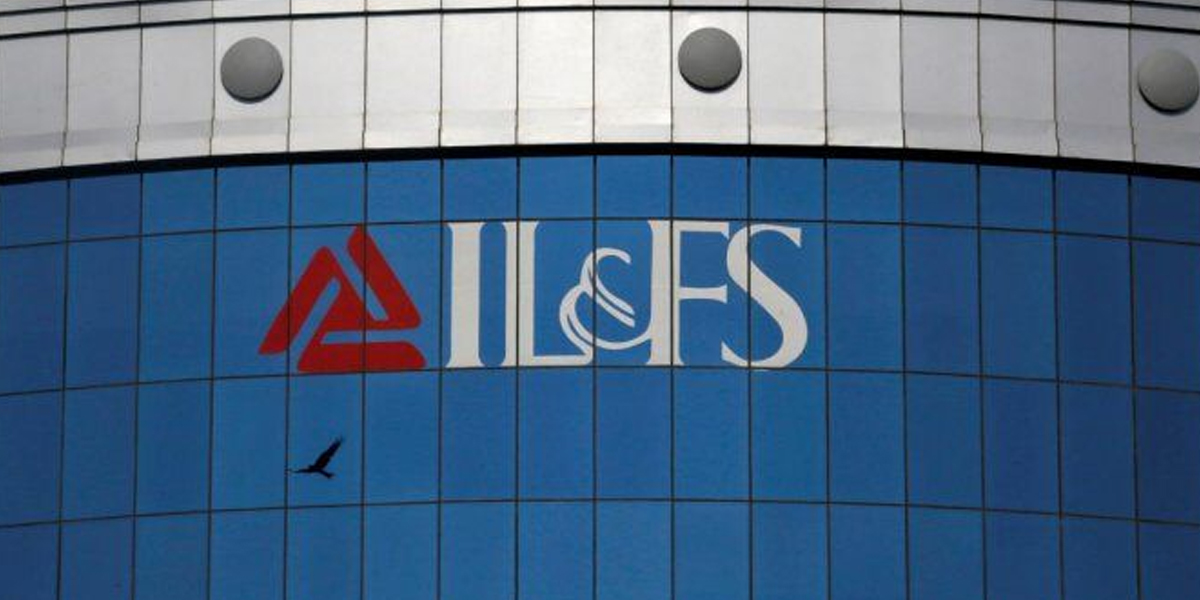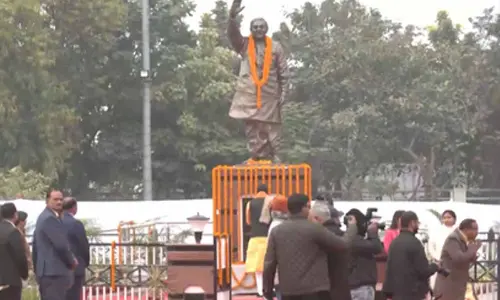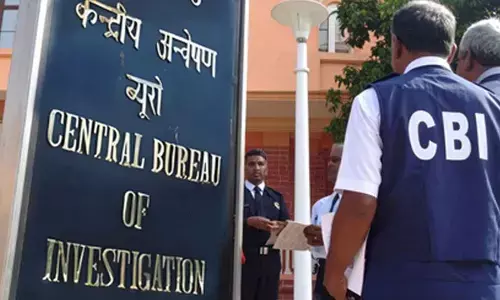The IL&FS imbroglio: Lessons to be learnt

The nation got alerted when the unpaid workers of Ethiopia took seven staff members of the joint venture operating in that country hostage early this month It is hard to imagine the situation, if every stakeholder resorts to such extreme pressures to enforce action on the erring Corporates The imbroglio of Infrastructure Leasing and Financial Services company is an eye opener for every policy
The nation got alerted when the unpaid workers of Ethiopia took seven staff members of the joint venture operating in that country hostage early this month. It is hard to imagine the situation, if every stakeholder resorts to such extreme pressures to enforce action on the erring Corporates. The imbroglio of Infrastructure Leasing and Financial Services company is an eye opener for every policy maker operating in financial as well as non-financial sector.
To be more informative, IL & FS is established as a Non Bank Finance Company (NBFC) in 1987 by the Joint effort of Central Bank of India, Housing Development Finance Corporation and Unit Trust of India, with the objective of providing finance and loans for the major infrastructure projects.
Over the years, the Company has expanded its operations outside the Country too and thus emerged as the leading Company in this category with 256 group companies which included 23 direct subsidiaries, 141 indirect subsidiaries, six Joint ventures and four associate Companies. It gained prominence by undertaking certain prestigious projects of the country like the 9.28 km long Chenani- Nashri Tunnel at an estimated cost of Rs.3.720 Crore, Noida Toll Bridge connecting Noida and Delhi at a cost of Rs.5000 crore and taken up the Tirupur Area Development Programme in Tamil Nadu. Such a company having this envious track record got into news, hitting headlines that its game is over.
A host of failures are reported in the recent past. It all started with the difficulty expressed by the group companies in honouring their payment obligations to various banking and non-banking finance companies. A review undertaken to trace the root of the issue could unearth the fact that the company has got sunk neck deep by overreaching on the debt finance, by taking its debt-equity ratio to 18.7:1. The Company thus ended up with the debt of about Rs.91,000 crore as against the asset backing of Rs.1,10,000 crore.
This created a ripple effect on the banks and financial institutions, forcing them to be rigid in granting loans to NBFCs. These Non Bank Institutions are now facing a liquidity crisis, impinging on their operations and revenues. The immediate concern for many companies is that their commercial papers to the extent of about Rs.1.00 lakh crore are due for repayment since November, 2018. In view of the impending crisis brooding at IL & FS, everybody turned sensitive and unrelenting.
This created flutter in the stock markets, forcing the leading NBFCs to lose on the bourses to the extent of about 52 percent of their current value. The situation also prompted the Central Bank (RBI) to allow Commercial Banks use Government Securities equivalent to their incremental credit to NBFCs for a three month period to meet their Liquidity Coverage Ratio (LCR) requirements. Besides the Central Government has moved the National Company Law Tribunal (NCLT) requesting to permit it to supersede the Board of IL & FS and change the Company Management. On being permitted, the Government appointed a BOD with Uday Kotak as its Head to explore the possibility of revival, on the lines of Satyam Computers. The Board is working hard to carve out a salvage package.
There are enough reasons to the Government as to why it cannot allow IL & FS to fail. One thing that the issue has larger implications to the entire NBFC sector. As per the data of the RBI, there are 11,402 NBFCs registered with it by the end of December, 2017. In addition, it is estimated that there could be about 40,000 institutions unregistered, having operations across the breath and length of the country. The cases of mismanagement are reported on pan India basis involving several lakhs of depositors. The people of the country are fresh in their memory of the waves generated by the Institutions like Sahara and Agrigold and not to speak of the mess created by the chit fund companies.
Therefore, it is high time that both Central and State Governments focus their attention seriously on this muddle. In spite of the stringent laws. There are 4,135 entities that were found to have violated the provisions of the prevention of Money Laundering Act, 2002. Furthermore, the Parliament of the Country was informed at the beginning of the current year (January 2018) that the serious fraud investigation office (SFIO) has started investigating the operations of 75 Companies for alleged fraud. These include Organisations like IL & FS and Rose Valley.
In addition, it has been reported that there were about 22,000 firms that were not registered as NBFCs, but committing financial frauds, which include firms like Sahara Agrigold, etc. In this regard, the State Governments are required to own a greater responsibility. It is also necessary to devise the mechanism for roping in all the unregistered NBFCs carrying on operations in every nook and corner into the purview of law. A stringent regulatory framework is the need of the hour. According to one view, the activities of the NBFCs are required to be regulated on the same lines of Commercial Banks; such that the RBI would have adequate control to check the mushrooming of these gullible institutions.
Another view is that NBFCs have emerged as complementary to the regular banking channels. As such, they need to be assisted, than regulated. Whatever be the differences in the perspectives, a balanced approach would help the situation. The Central Government may reexamine the recommendations of the Committee appointed by the RBI in 2011 under the Chairmanship of Usha Thorat, the then Deputy Governor. Keeping in view of the enlarged proportion of the issue, it would be still fitting to examine the issue afresh in greater detail.
Pending such a study, the Central Government shall take certain measures, as of the following to stem the rot :
To fix a ceiling on the debt-equity ratio of the NBFCs, so that their debt levels do not cross the unmanageable proportions.
To bring back the ceiling to the original limit of 10 per cent of capital in respect of loans extended to any NBFCs by a single bank. It is also necessary to put a ceiling on the total bank credit that can be extended to any one NBFC in terms of its capital, not in terms of volume of operations.
The Controller and Auditor General of India (CAG) may be empowered (through suitable provision in the applicable Law) to conduct special audit of the operations of NBFCs every year on a select basis.
(Prof K Viyyanna Rao - The author is Former VC, ANU & Presently Director, SEA Group of Institutions, Bangalore)




















